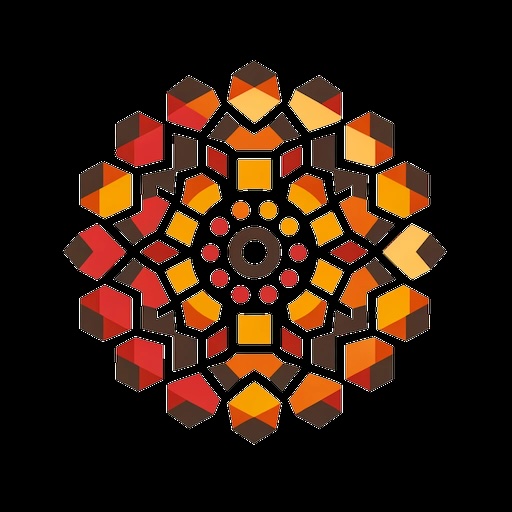Blog/2024-10-17/Path Dependence in History
Wylfċen @wylfcen Fun fact: I’m banned from Wikipedia for translating Hvítramannaland as “White People Land.”
Sep 9, 2024[1]
I saw a tweet the other day that was talking about Hvítramannaland and that said that insisting on translating it to "White People Land" got them banned from Wikipedia. In my experience, getting banned from Wikipedia requires some sort of edit war or something going on. I wasn't quite able to find the incident that had them banned but I was curious myself whether the statement was true.
A thing to remember about Wikipedia is that it's a consensus site. If everyone in the world had written journal articles saying the sun is black, then Wikipedia would have to report the sun being black even if everyone reading could look up and see a non-black sun. It's not a tool for 'truth' so much as a tool to describe what is currently written down as fact.
I was curious about this particular subject because it seemed reasonable. Fortunately, a professor of Old Norse, Jonas Wellendorf is local to the area and so I was able to email him with quick responses about the subject. Some of the things I learned through the conversation are:
- hvítra (from hvítr) is cognate with Modern English "white"
- Old Norse manna comes from maðr which can mean both man and person
- Hvítramannaland is most frequently translated as "land of the white men" in English
- "people" is a better translation in his opinion than "men" there
So the person tweeting was indeed correct (or at least in agreement with a professor of Old Norse who I could encounter in real life). I would have liked to have found references in Google Scholar that would have used this better translation but it appears that most translations have preserved the form that the first person chose (probably for ease of reference) and it appears that it is sometimes referred to as Tir na bhFear bhFionn where bhFear is often gendered. Anyway, no good luck there for the facts and it'll probably go on into posterity this way. But it's worth knowing, I suppose, that "Land of the White People" is probably the best way of referring to it.
Rendered literally, element by element, the name can be understood as 'the land of white men' or more broadly 'land of the white people', for the ON noun maðr (pl. menn) 'man' is often gender neutral.
— Jonas Wellendorf, The Stranger-King in Hvítramannalannd (2022), Viking and Medieval Scandinavia 18, pp. 213-215
Speaking of the 'white' stuff, that seems to be the more interesting thing to many. It turns out the 'white' can refer to:[2]
- White of hair and skin
- Wearing clothing white in colour
- White as in Holy etc. (though this seems quickly dismissed since the place seems to be more sinister than holy)
- White as a term for otherworldly location, for example as in Hvidtenland.
Cool!
References[edit]
- ↑ Wylfċen [@wylfcen] (Sep 9, 2024). "Fun fact: I'm banned from Wikipedia for translating Hvítramannaland as "White People Land."" (Tweet) – via Twitter.
- ↑ "The Stranger-King in Hvítramannaland". Viking and Medieval Scandinavia. 18: 213–215. 2022. doi:10.1484/J.VMS.5.132120. ISBN 978-2-503-59771-3.
